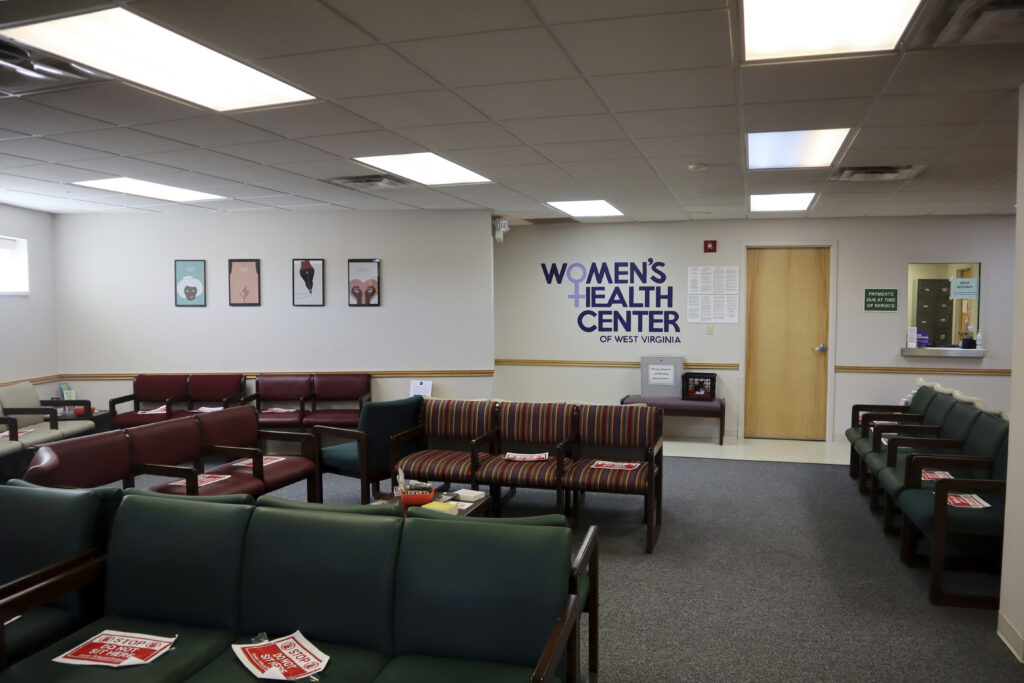At least 2,240 West Virginia residents traveled out of state to receive an abortion in 2023, primarily to neighboring states with less strict abortion laws.
Among them, 820 residents traveled to Maryland, 600 traveled to Pennsylvania, 590 traveled to Virginia and 230 traveled to Ohio, according to the Guttmacher Institute, an organization that researches reproductive and sexual health.
This coincides with a growing percentage of abortions provided to out-of-state residents in Maryland, Ohio and Virginia.
Two years ago today, the United States Supreme Court overturned Roe v. Wade, a 1973 ruling that protected abortion access nationally for decades. The decision allowed states to set their own policies on abortion.
In September 2022, Gov. Jim Justice signed a near-total abortion ban into law, prohibiting abortions outside of medical emergencies or instances when a fetus has no chance of survival.
The law makes some exceptions for some pregnancies conceived through rape or incest, but only until eight weeks of gestation for adults, and 14 weeks of gestation for minors.
New restrictions on abortion in West Virginia led some health care providers to bolster out-of-state reproductive health resources.
Located in Charleston, the Women’s Health Center of West Virginia — previously the state’s only abortion clinic — moved its abortion services from Charleston to Cumberland, Maryland, just two miles away from the state border.
Katie Quiñonez serves as executive director of the Women’s Health Center of Maryland, where the West Virginia facility’s abortion services were transferred.
“We did a market analysis and looked at what health care was available in those counties in mountain Maryland,” Quiñonez told the West Virginia Public Broadcasting podcast Us & Them earlier this year.
“We found that, not only was there not an abortion provider, [but] the nearest abortion providers for people living in mountain Maryland were at least 100 miles away,” she said. “We met directly with folks on the ground … in those communities to determine that, yes, there is a need here.”
The 2023 figures for out-of-state travel for abortion also omit residents who received reproductive health care remotely.
This may include residents who took mifepristone, a drug capable of terminating a pregnancy authorized for mail distribution by the U.S. Food and Drug Administration.
Despite increased restrictions on abortion access in many states, the total number of abortions provided nationally has been on the rise.
Between 2020 and 2023, abortions provided across the U.S. increased by 11 percent, reaching their highest number in more than a decade.























